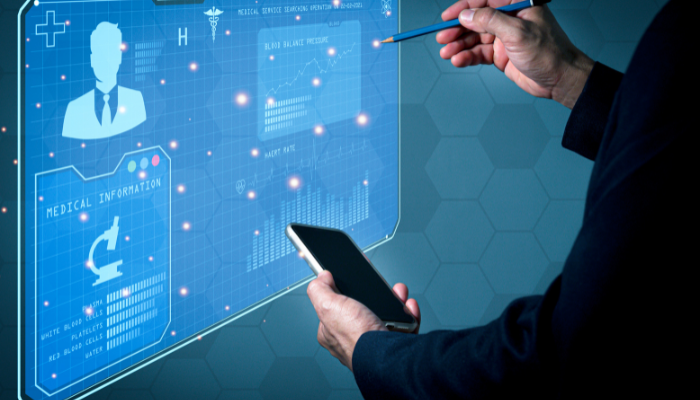
The identity document, commonly known as RG (General Registration), is a fundamental piece in the life of any citizen. Discover the way to transform your physical ID into a Digital ID.
It is with it that we carry out a series of daily activities, from opening a bank account to boarding a plane.
However, with the advancement of technology, the traditional paper ID is increasingly being complemented, and even replaced, by Digital ID.
Thus, a transformation that is revolutionizing the way we identify and interact with the digital world.

O Digital ID, as the name suggests, is an electronic version of the traditional identity document.
It contains all the information contained in the physical ID, such as name, date of birth, photo and document number.
So it is stored in a way digital on electronic devices such as smartphones or specific applications.
Among the numerous advantages, one of the main benefits of Digital ID It is practical. With it, it is no longer necessary to carry a physical document whenever you need to identify yourself.
Just have your smartphone in hand to access your identification information.
Furthermore, the digital identity offers greater security, as it can be protected by password, facial recognition or other biometric authentication measures.
Another important benefit of Digital ID is the reduction of paper consumption and the environmental impact associated with this.
By eliminating the need to print and renew physical documents, we contribute to preserving the environment.
Despite all the advantages, the Digital ID also faces some challenges. One of the main ones is the issue of cyber security.
As data is stored in digital format, there is a risk of invasions and information theft by hackers.
Therefore, it is essential that security systems are robust and constantly updated to protect user information.
Another challenge is digital inclusion. Not everyone has access to smartphones or knows how to use apps to access the internet. digital identity.
This can create a digital divide between those who have access to technology and those who do not, making it difficult to access basic services that require identification.
In addition to the individual benefits, the digital identity can also have a significant impact on a social and economic level.
For example, it can facilitate access to government and financial services, reducing bureaucracy and increasing efficiency.
Furthermore, by reducing the need for physical documents, theredigital identity can help combat counterfeiting and fraud, thus protecting the integrity of the identification system.
The Document of digital identity represents a significant evolution in the way we identify and interact with the digital world.
Despite challenges such as cybersecurity and digital inclusion, its benefits in terms of practicality, security and environmental sustainability are undeniable.
MyGov: This application allows Brazilian citizens to access a digital version of your identity documents, such as ID and CPF. In addition, it offers online government services and information about social benefits. Assessment: MeuGov is praised for its user-friendly interface and variety of services available, making it a useful tool for Brazilian citizens.
MobileID: Developed by Valid, this app allows Brazilian users to access a digital version of their ID. In addition, it offers digital authentication features for secure online transactions. Assessment: MobileID receives praise for its security and ease of use, making it a popular choice for those looking for a convenient way to access their digital identity document.
Digital Transit Wallet: This application, developed by the National Department of Transit (Denatran), allows Brazilian drivers to access a digital version of their National Driver's License (CNH) and vehicle document. Assessment: The Digital Transit Wallet is praised for its practicality and for offering quick and easy access to users' transit documents.
As technology continues to advance, it is likely that the Digital ID becomes increasingly common, transforming the way we relate to our identification documents.